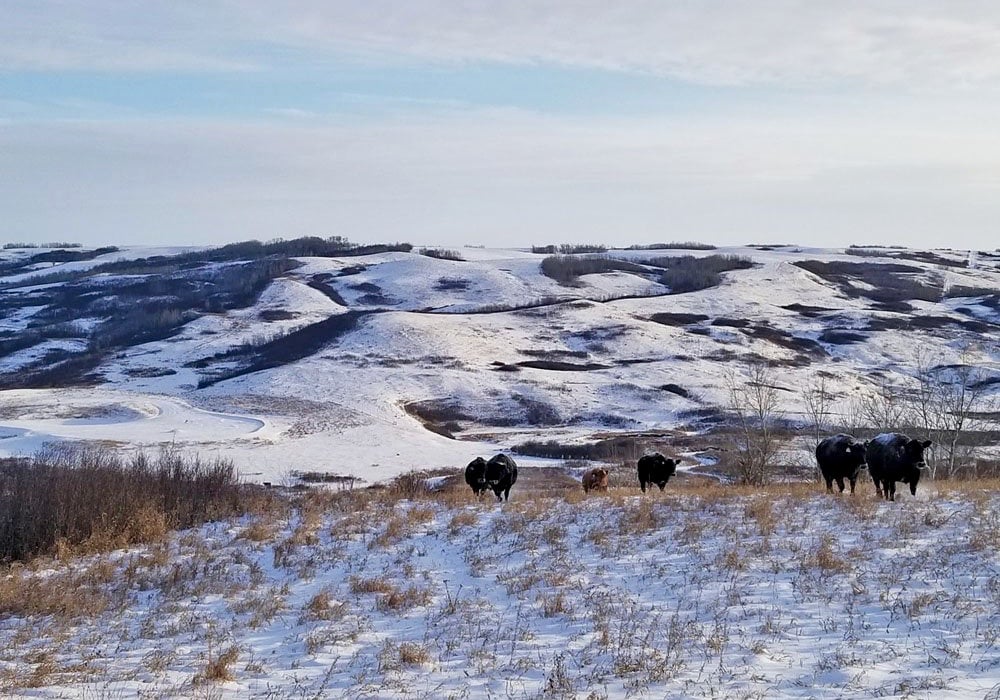Animal welfare and beef cattle productivity are “inseparable,” says a federal research scientist.
“Sick animals are not productive animals,” said Dr. Karen Schwartzkopf-Genswein. “Incidences of sickness and lost performance are really heavily linked to welfare.”
Stressors like castration, transportation, weaning, and handling have been linked to things like slower rate of gain, greater chance of illness, and increased risk of lameness. And when those things are done with little thought to animal welfare, the bottom line suffers alongside the animals.
“Animals become sick more often, they take longer to finish, and their growth is hindered, so you’re spending more money on drugs, and you have increased costs because you have people who have to go pull those animals at a more frequent basis,” said Schwartzkopf-Genswein.
Read Also

Grazing ‘sweet spot’ boosts pasture performance
Timing-focused approach to pasture management touted to boost forage growth, livestock gains while also cutting farmer labour and inputs
- More from the Alberta Farmer Express: Stress tool could have big impact
While the beef industry doesn’t yet have hard numbers as to how much welfare issues cost the industry, producers will need to continue placing a greater emphasis on animal welfare, or risk seeing their market share drop among consumers who demand it.
“People are more aware of welfare than they ever have been before,” she said.
“The general public doesn’t view, for example, castration or dehorning without any pain control as acceptable.”
But determining the optimal combinations of drugs or techniques for potentially painful procedures has been a challenge, said Schwartzkopf-Genswein.
“A lot of the work we’re doing now is trying to determine optimal drug combinations, like an analgesic with an anesthetic, and the timing of administration.”
She sees potential for a painkiller called meloxicam, which is effective for several days, rather than a few hours.
“Producers are asking for that,” she said of the drug. “People are becoming more aware of what some of the issues are.”
Safe transport of animals is another key consumer concern — one shared by the industry.
“The No. 1 call to the minister of agriculture currently is transport. They view transport as a very stressful situation,” she said, adding that consumers often see cattle transported during extreme environmental conditions.
“The industry is pretty good at knowing at what point the cattle are negatively affected, but I think we can always do better.”
Loading only healthy animals for transport and handling them carefully during the loading and unloading process will reduce some of those concerns.
“If you’re handling them roughly, they can become lame just by slipping,” she said.
“Lameness is very painful, and those conditions need to be dealt with sooner than later.”
Ultimately, animal welfare comes down to common sense in most cases, said Schwartzkopf-Genswein.
“None of it is rocket science. None of it is difficult to do. It’s just saying, ‘This is how we manage the animals on our farm.’”















